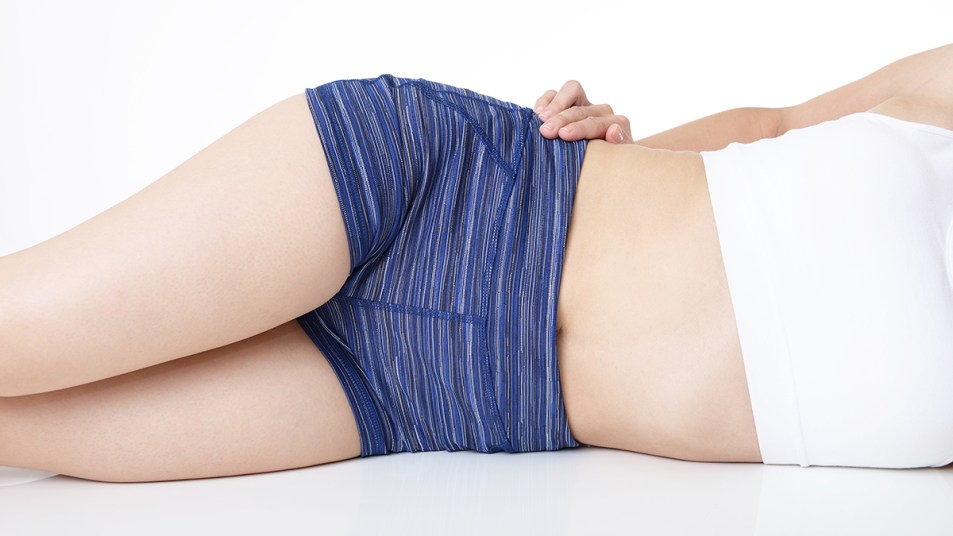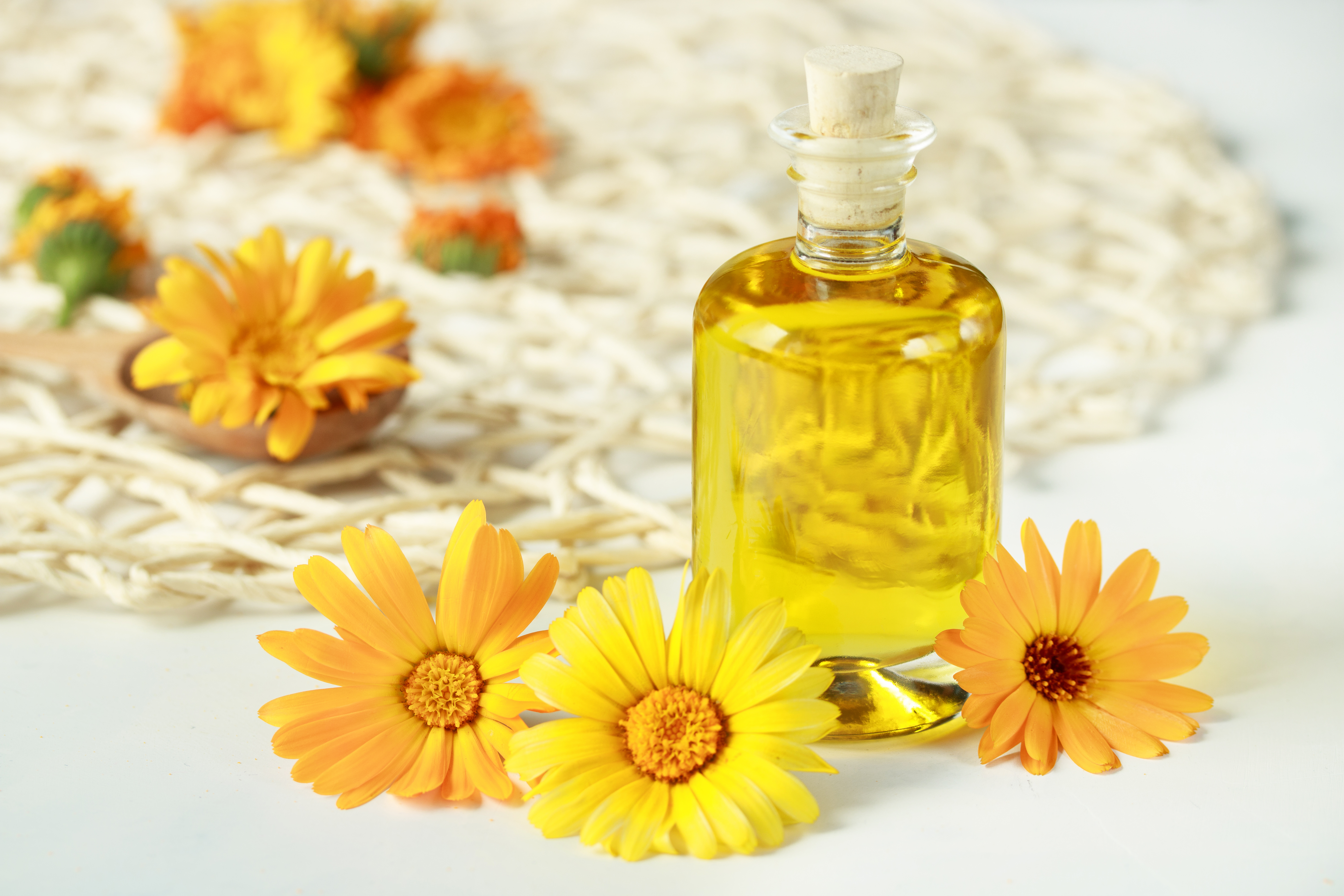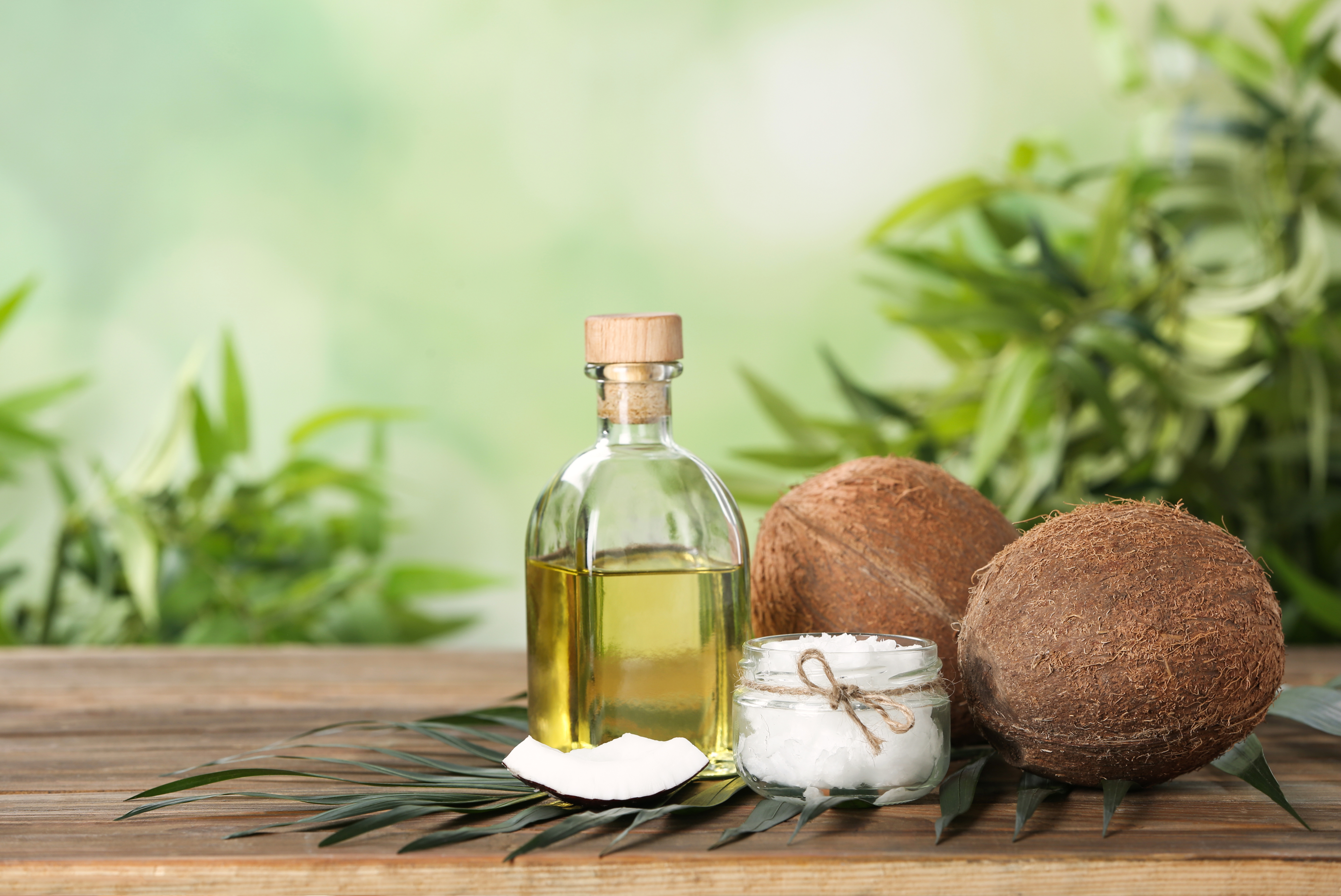The 4 Best Ways to Soothe ‘Chub Rub’ — And Keep It From Ever Coming Back
The kitchen remedies that outsmart the rash that arises from thighs rubbing together

Having to slip into shorts, skirts, sundresses and swimsuits during the hot summer months can sometimes be more anxiety-provoking than exciting. We can easily tick off a list of all the reasons why, but the one we dread the most? That inevitable rash that comes with leaving our thighs sweaty, uncovered and ready to swipe against each other with Every. Single. Painful. Step.
Luckily, there are easy ways to prevent the irritating chafing — and it doesn’t involve covering up in sweatpants all summer long. Read on for the surprising remedies that skin-care pros say thwart (and heal!) chub rub all together!
What is chub rub?
Also known as thigh chafing, chub rub is a painful, burning and sometimes bloody skin rash caused by the friction of the inner thighs rubbing up against each other repeatedly. This chafing can be caused by walking, running and/or even by wearing tight clothing. It is very common during the summer when sweating creates additional friction between thighs.
What are the best ways to heal chub rub fast?
What better way to tackle any painful skin condition than to literally let it heal as you sleep. That’s when your skin is working hardest to repair itself. The nightime remedies:
Apply cream designed to sooth sensitive nipple skin
According to New York City dermatologist Debra Jaliman, M.D., the same ingredients in nipple creams that soothe sensitive skin post-breastfeeding, work just as well to heal and repair irritation between thighs come morning. Bonus: The cream can be applied to skin before getting dressed to keep chub rub from forming in the first place.
One we like: Lansinoh Lanolin Nipple Cream Minis, (Buy from Amazon, $10.99 for 3 mini tubes)
Try calendula oil

“Calendula is rich in linoleic acid, which helps seal cracks between skin cells to heal wounds like chafing,” says New York City dermatologist Joshua Zeichner, M.D. Plus, he adds, “The botanical oil’s anti-inflammatory properties calm redness and its plant compounds fight bacteria to protect injured skin from infection.”
To do: Mix 1 Tbs. of petroleum jelly (its petrolatum moisturizes and repairs skin) with 2 drops of the calendula oil (Buy from Amazon, $16 for 3.4 oz) and apply to inner thighs before going to bed.
What household staples heal chub rub?
Coconut oil
Coconut oil is one of the most effective, low-cost and quickest cures and preventions for chub rub. According to Dr. Jaliman, the oil’s antioxidants help seal the cracks between skin cells to heal wounds, its lauric acid nourishes inflamed skin and anti-inflammatory properties ease the redness and irritation that come with the rash, Dr. Jaliman explains.

Even better? When applied to inner thighs before heading out, the thick emollient oil forms a protective barrier and gives skin some slip so thighs won’t rub so harshly against each other, thwarting chafing.
To do: Apply a nickel-size amount of coconut oil onto clean, dry skin along your inner thighs and let sit for 1 minute before getting dressed. For touch-ups when on the go, tote the oil in a small resealable container and reapply as needed.
Aloe vera
“Aloe vera gel has a cooling and soothing effect on the skin, and can help reduce inflammation and redness from chafing, as well as create a protective barrier on skin to reduce friction,” says Miami-based dermatologist Anna Chacon, M.D. “Mix it with some lemongrass oil since its anti-inflammatory and antiseptic properties prevent bacterial growth and infections in the damaged skin.”
To do: Mix 1 Tbs. of pure aloe vera gel and 2 drops of lemongrass oil (like Aura Cacia Lemongrass Essential Oil (Buy from Amazon, $6.22). Apply to dry inner thighs daily to ease friction, heal irritation and prevent new rashes. For added cooling, you can freeze the mix in an ice cube tray and rub cubes onto chafed skin.
How can I prevent chub rub?
Rub on an anti-friction gel
Using a gel made with dimethicone, like Monistat Care Chafing Relief Powder Gel (Buy from Amazon, $5.98) can help. This silicone-like polymer dries down to a powder finish that creates a slippery barrier on skin to thwart friction-causing irritation from the get-go, says medical aesthetician Cassandra Bankson. To get the benefits, simply massage a nickel-size amount onto skin along the inner thighs before getting dressed.
Sprinkle on cornstarch
Powdery cornstarch creates an invisible protective “shield” over skin to thwart friction-causing irritation between the inner thighs to stop chafing before it starts.
To do: Pat cornstarch onto the area between the inner thighs or any other spots on the body that are prone to chafing like underarms or under boobs.
Wear thigh bands
Stylist Anna Katsanis, who has worked with Andie MacDowell and Jessica Chastain, tells her clients to slip on thigh bands like Bandelettes (Buy from Bandelettes, $19.99) before getting dressed. Like a garter, but wider and thinner, the lacy bands are made of breathable nylon and spandex and slip right over thighs to create a smooth barrier that thwarts rubbing, so you can wear skirts and dresses with confidence, says Katsanis.
Each band is lined along the top and bottom with gripping silicone, so they won’t roll down or create the appearance of unflattering thigh bulges. And while the bands are meant to be undetectable, if they do peek out slightly, the lace ensures they look like pretty lingerie.
Swipe this on
Applying a deodorant like Native Women’s Deodorant in Cucumber & Mint (Buy from NativeCos $13) on the area that rubs together before getting dressed can help. The deodorant’s shea butter base creates a slick barrier to prevent chafing, while its cooling cucumber and mint extracts cut down on sweat, says Dr. Jaliman. Even better? Storing it in the fridge before use gives skin a linger chill to help you beat the heat.












